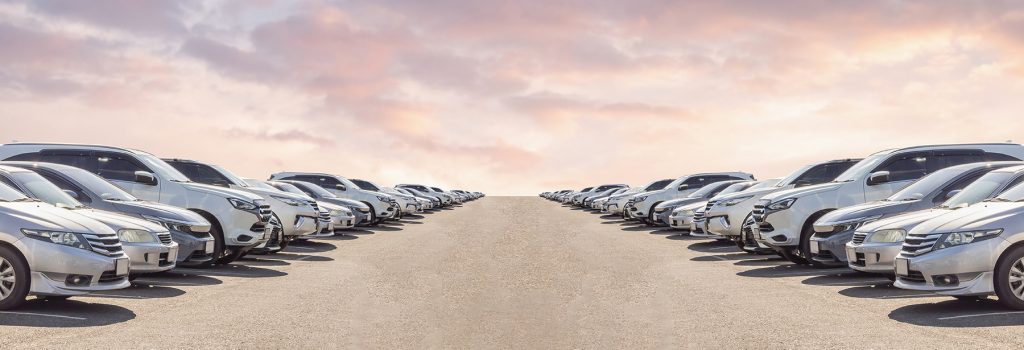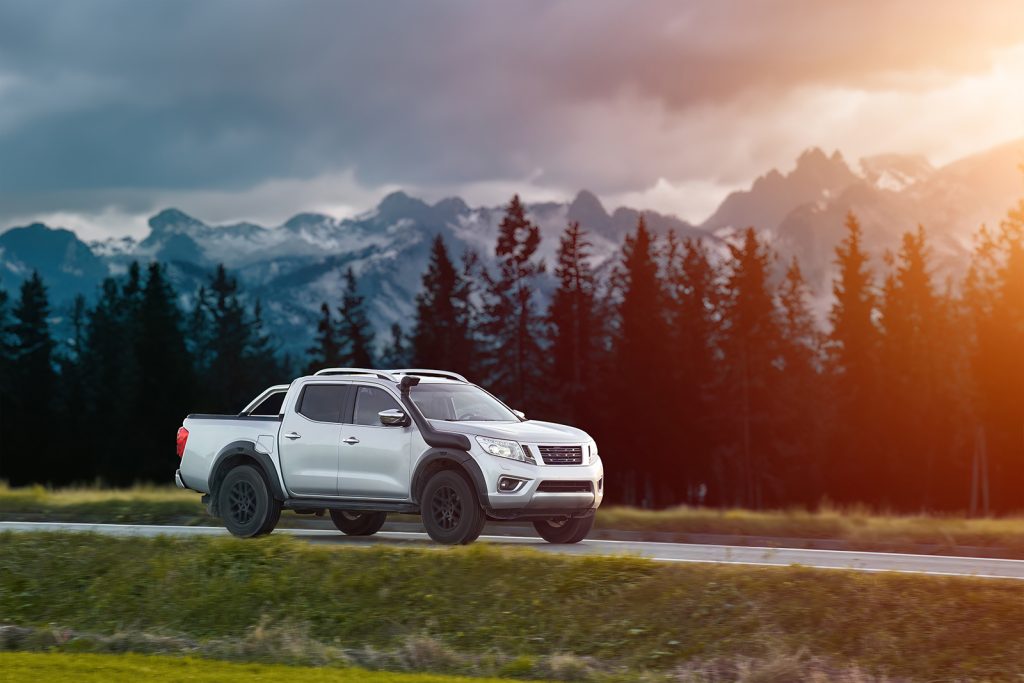The penetration of the ‘cleanest’ technologies is advancing but still far from being predominant in a sector marked by falling sales.
A car is much more than a device with wheels that moves. It is an indicator of economic and social status, a key choice, one of the biggest expenses for families, which can denote the existence, or not, of environmental awareness. Motor vehicles account for 15% of greenhouse gas emissions in regions such as the European Union and, therefore, governments are trying to influence the expansion of technologies that emit less pollution. But the penetration in the market of these technologies is still limited, although it maintains constant growth every year.
If we had to find an example of a vehicle that has been trending in the last few years on a global scale, it would be the SUV (Sub-Urban Vehicle). These are spacious vehicles, slightly taller than sedans, compact or urban and, according to some reports, a fairly inefficient car style from the point of view of aerodynamics, driving comfort and fuel consumption. They are the most popular, or close to the most popular, in Europe, China, Australia and the United States, where they first became popular.
In fact, they occupy the first positions there, but SUVs are also the most sold vehicle in Europe, with the Dacia Sandero, while an SUV or pick-up, the Ford Ranger, occupies the first place in Australia, and the Fiat Strada is second in Latin America, and the BYD Yuan Plus is third in China. This last car has a plug-in electric and hybrid version, which combines battery technology with a thermal motor. The king of electrics in this segment is, without a doubt, the Tesla Model Y, number one in Europe for this technology and eighth in the global classification in the old continent.

This Tesla model is also the fifth in global sales in the United States, with a market growth of more than 9% in the first half of 2024. In Australia it reached the sixth position in the sales ranking, in Europe it is eighth and in China it occupies the fourth position. The Model Y has two key qualities in the current market: it is an SUV and it is electric.
However, the prevalence of vehicles with electric technology or plug-in hybrids as an alternative to thermal motors, both gasoline, diesel and liquid gas (LPG), is still in the minority. But it depends on the country. On the whole continent, battery-powered vehicles account for 17% of the market. Between these, the cars produced by Chinese brands reach 13%, with an increase of one percentage point compared to last year. While the global sales of vehicles are decreasing, the sales of these cars are increasing, driven by ‘clean’ or more sustainable technologies.

A matter of trends and taste
Europe prefers small cars. This follows from the data published on the sale of vehicles in the last months and years. The Dacia Sandero remains the most sold car and maintained its position in November. Utility vehicles and urban or compact vehicles such as the Volkswagen Golf, the Renault Clio, the Peugeot 205 and the Volkswagen T-Roc appear in the first sales positions. All these models have electric or hybrid versions, but the gasoline or diesel options are predominant. The second in sales in November was the Tesla Model Y. In the first places we find, in general, vehicles of a low or medium size, which implies less space and, also, less consumption.
The United States, on the other hand, prefers larger and more powerful cars and vans. Pick-ups reign in the market in which the first positions are occupied by SUVs and this type of truck. The latest data indicates that Ford, with its F-Series, sells more units than anyone, even Chevrolet and another classic, the Silverado. Next, the Japanese SUVs par excellence, Toyota Rav-4 and Honda CR-V and, after them, the Tesla Model Y.
Only 5.1% of the vehicles sold in the United States are electric but, among them, Tesla accounts for 60%. The prevalence of battery-powered cars varies by state, with regions like California expected to reach 25% in 2026. Some studies claim that 48% of the users of electric vehicles will return to thermal engines for their next purchase. The high prices, the lack of recharging infrastructure, and autonomy issues are behind this decision, which also varies according to the brands, with premium vehicles at the head in fidelity. If prices, charging points and battery performance improve, the electric car could gain popularity.

China leads the way
China has the BYD firm in the three first places in terms of sales. The first, the Qin Plus, is a saloon, and is followed by the Dolphin, a compact car. The third place is for the Yuan Plus, which is an SUV. Tesa and its Model Y occupied fourth place, followed by the Volkswagen Lavida and the Nissan Sylphy, also saloons. The Honda Accord occupies seventh place.
The sale of electric vehicles in China is growing at such a rate that the International Energy Agency (IEA) detects a slowdown in the demand for oil in this country, which has captured 60% of the growth in crude oil consumption since the 1970s. In October 2024 alone, 1.43 million electric or hybrid vehicles were sold in China, which exceeds, for example, the sales in all of Spain in one year. This trend in the market means a drop in demand of 400,000 barrels per day. Other measures, such as the promotion of public transport and high-speed trains, also push down the demand for oil.

In other regions of the world, the market is influenced by global trends, but also with unique features. In Australia, for example, pick-ups are leaders in the market, with a change in favor of the Ford Ranger, which was dethroned for many years by the Toyota Hilux. The Isuzu DMax, the Toyota Rav-4 and the MG ZS follow the two leaders of the Australian market, where sales of electric vehicles barely reach 4%.
In Latin America, the best-selling car is the Volkswagen Polo, a utility car, followed by the Fiat Strada, a pick-up. The third is another compact vehicle, the Chevrolet Onix, which beats the Toyota Hilux, another classic truck with an uncovered rear. Saloons like the Nissan Versa, utility cars like the Hyundai HB20 and another SUV, the Nissan Kicks, complete the first places. As for the choice of engine, hybrid and electric options grow by more than 100% annually, but they are still far from the significant percentages of regions like Europe.
Write: Guillem Sanchís